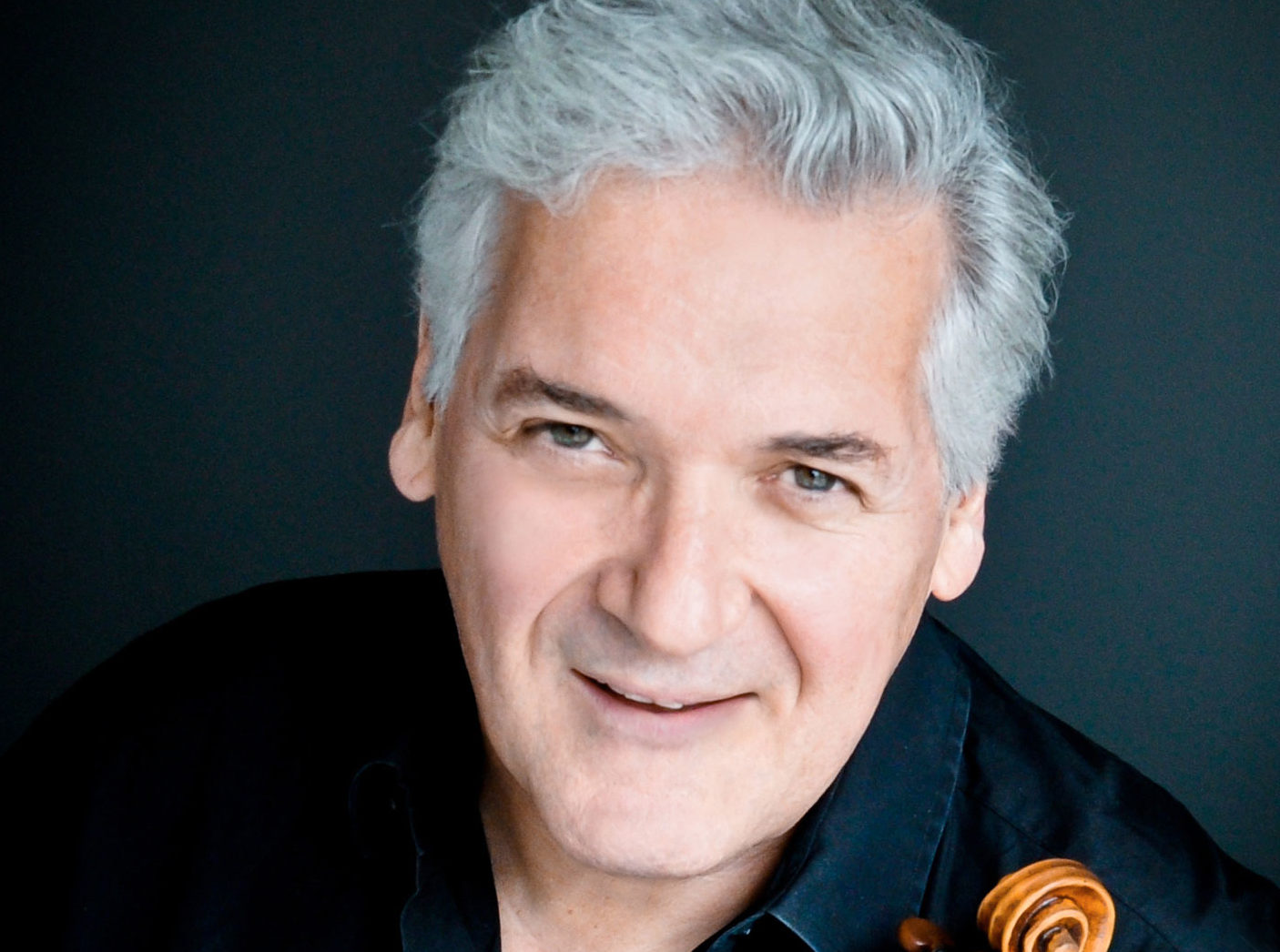On the evening of Nov. 24, the former music director of the National Arts Centre (NAC) orchestra and masterful violinist, Pinchas Zukerman, was back at the NAC to lead the orchestra at Southam Hall. With his magnetic and passionate baton, Zukerman never fails to grasp the heart of audiences while conducting or performing. The program was insightfully and eloquently chosen, and it was tailored to bring out the best of both the orchestra and the soloist. During the course of the evening, Zukerman first adopted the role of the soloist, then he took his place at the conducting podium.
The night’s performance immersed the listener into a historical narrative of classical music, in which Zuckerman and the orchestra first led us into the mid-early musical world of Haydn. Written somewhere in between 1761 and 1765, the Violin concerto in No.1 in C major holds more stylistic resemblance to the Baroque, rather than the Classical period, both technically and in its totality, yet we glimpse the transition to the Classical period and a more mature Haydn actualizing. Originally, the concerto was composed to showcase the violinist’s virtuosity, and the charming, masterful performance by Zukerman as soloist is sure to have met the highest regards of Haydn himself. The second movement (Adagio), with its lush lyricism and beautiful expression, especially kindled the affections of the audience.
Second on the evening’s menu was a transitional journey into Haydn’s mature world, with a work that may be an exemplary showcase for the Classical period; Haydn’s 84th Symphony in E-flat major, written between 1785 and 1786. The first movement was typical of Haydn’s slow introductions leading into a flourishing of grand themes. Despite going against symphony hall etiquette, the audience applauded in between movements, which is a credit to the enormous power and grandiosity of this work and the charismatic performance of Zukerman.
Our journey ended at Beethoven’s 2nd Symphony, featuringes the genius of Beethoven and his new emerging style that transitioned the audience from the molds of Classical Haydn, to a Classical, yet more powerful, Romantic Beethoven. Much lengthier than his the previous works, the orchestra ushered in the beginnings of new era of music. To my ears, the wind section’s performance stood out the most. They displayed the very colorful nuances of wind instruments that Beethoven sought to emphasize in his work.
The program for the evening quoted Berlioz on his enamor with Beethoven’s second symphony, and I echo Berlioz’s reflection on the evening as whole, during which the audience was absorbed into: “the youthful ardour of a noble heart, in which the most beautiful illusions of life are preserved untainted. The composer[s] still believe in love, immortal glory, in devotion.”






